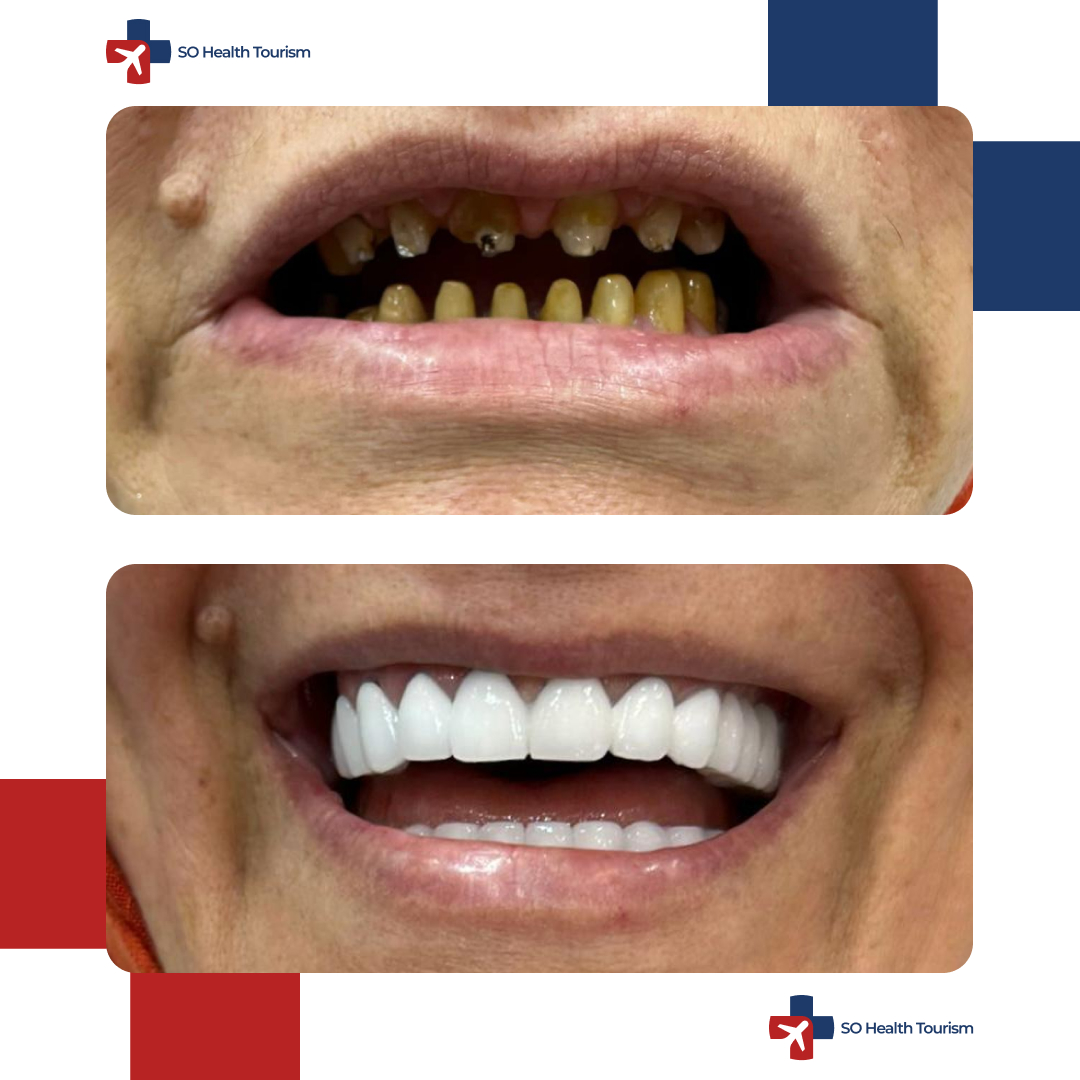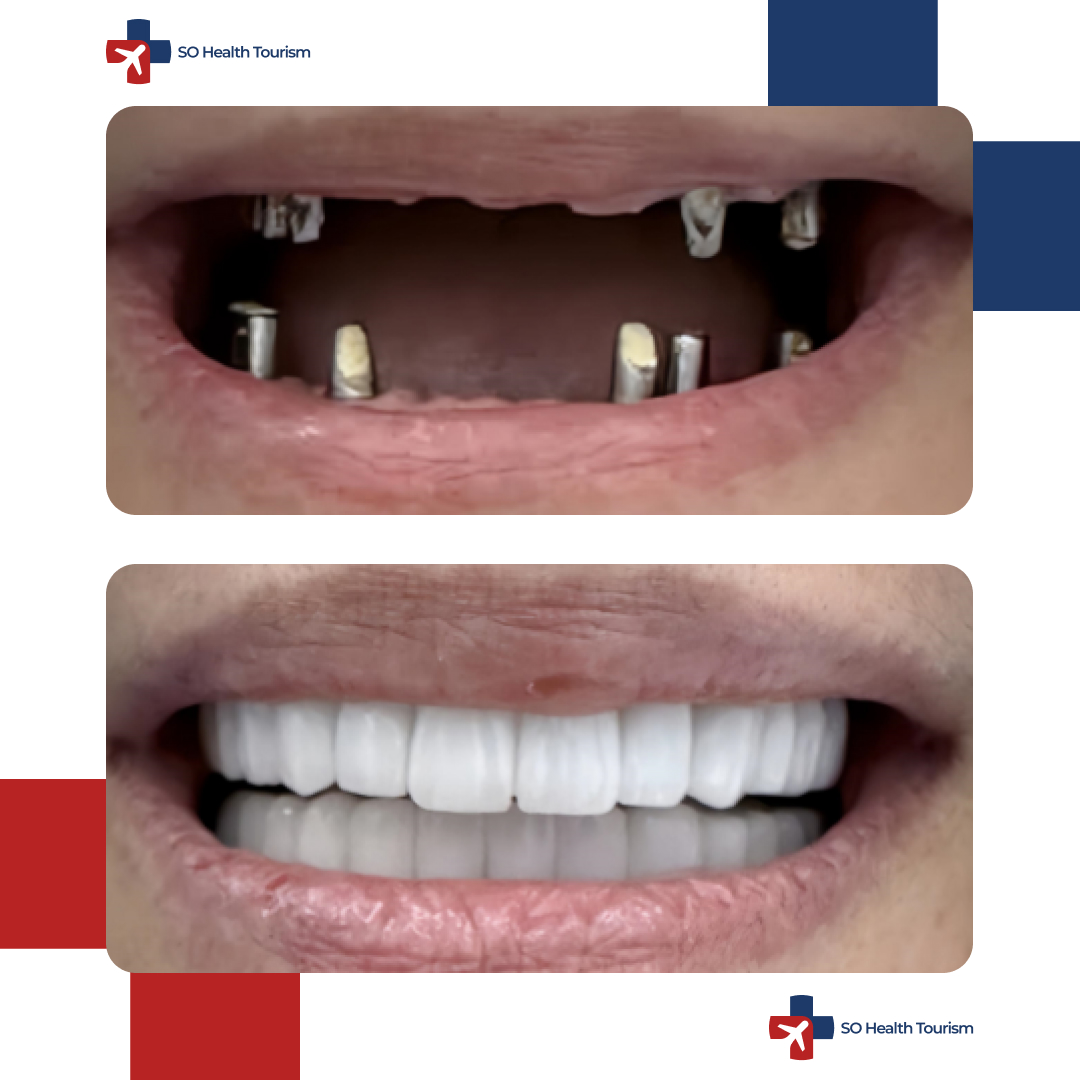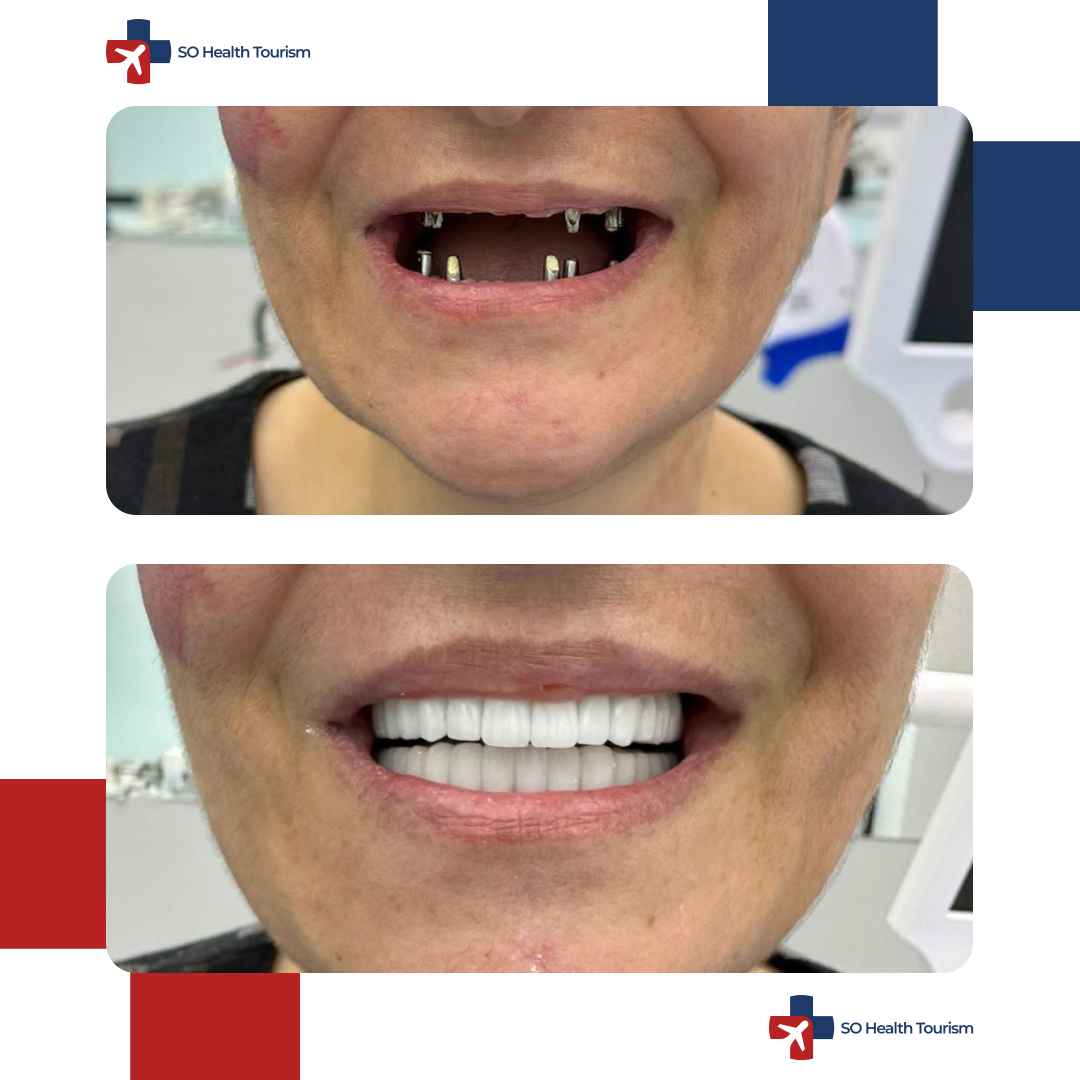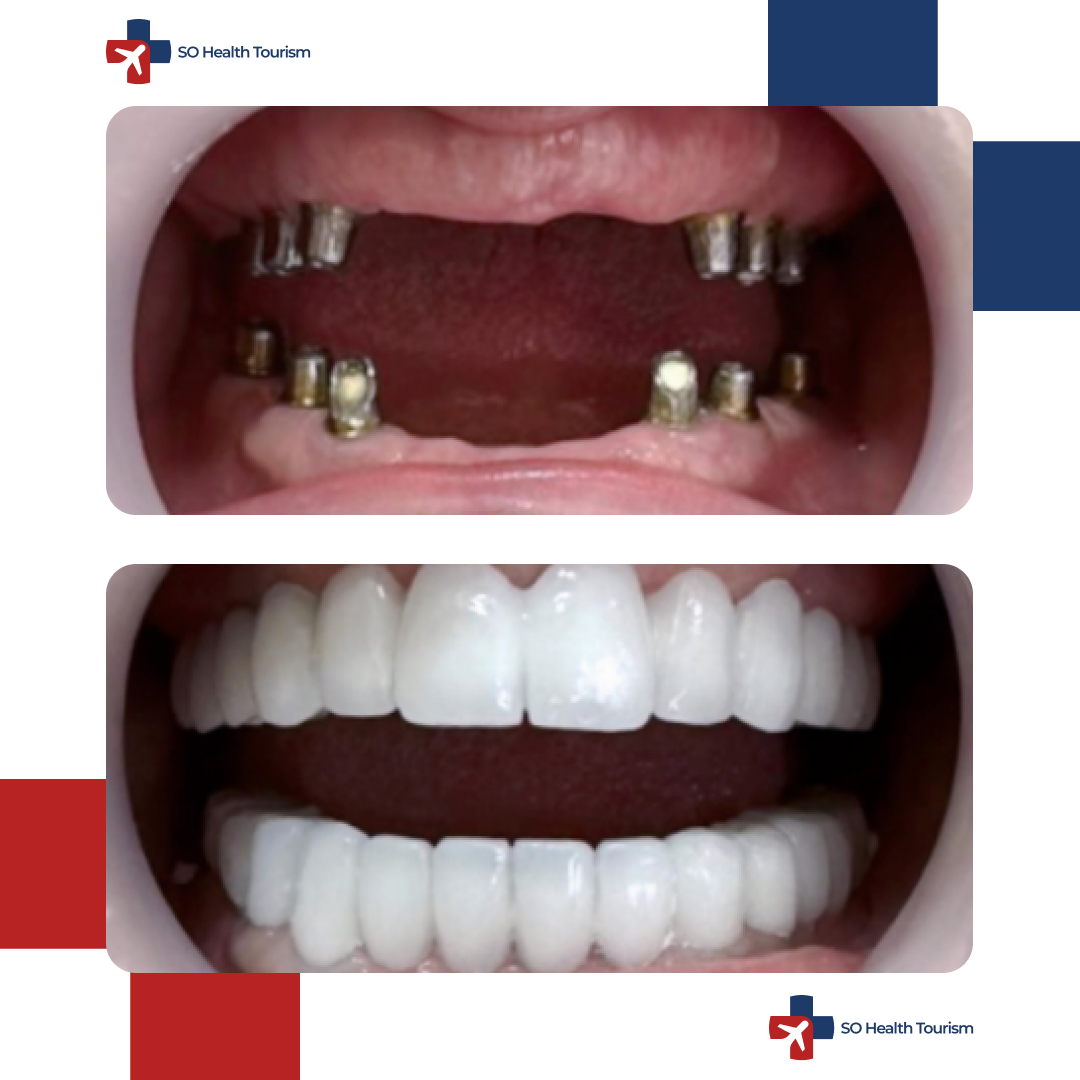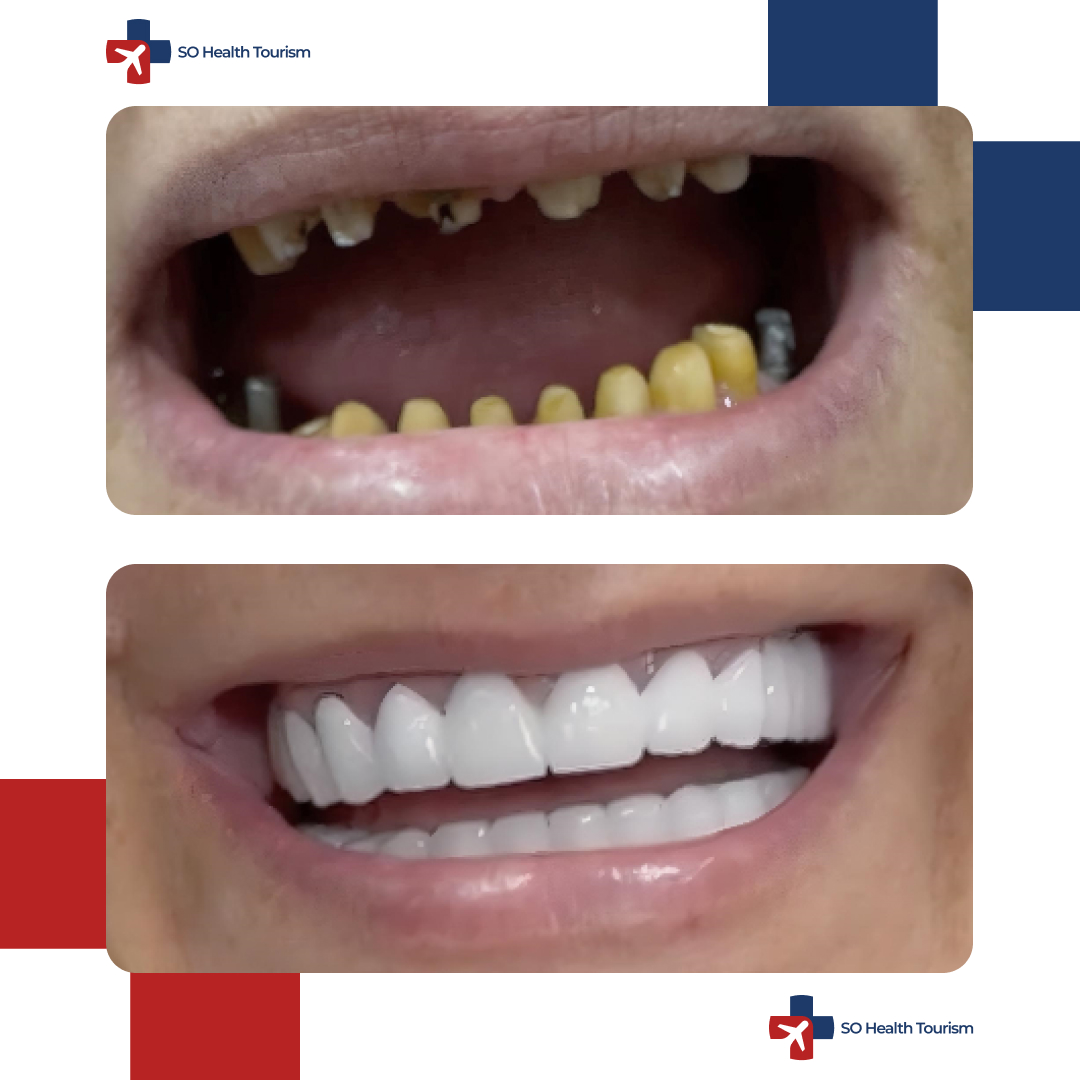Dental implant
Implant, popularly known as nail, screw; is known as an artificial tooth root made of titanium material. In dental implant applications, artificial tooth roots made of a material compatible with body tissues such as titanium are placed in the jawbone with a small surgical procedure in a sterile environment. Dental implant applications are generally preferred in the presence of missing teeth that impair tooth and smile aesthetics.
What is a dental implant?
Dental implants are artificial tooth roots placed in the jawbone to support dental prostheses. The implant, which fully adheres to the jawbone in approximately 2-3 months, comes to a position to carry the prosthesis to be placed on it. Existing gaps can be closed by applying them to areas with missing teeth or teeth. In cases where existing teeth are lost, an artificial tooth root is placed in the jawbone and gingiva instead of the tooth root. Teeth are placed on newly positioned roots. Dental implants enable patients who have lost their teeth to smile, talk, perform social activities, eat healthily and gain the most natural appearance of their teeth.
The necessary conditions for dental implant applications to give healthy and aesthetic results are as follows:
• It should be done by dentists who are experts in their field.
• Implants that are compatible with the jawbone and provide rapid healing should be used.
• Applied implant; It should not cause tooth and gum diseases and bone resorption.
• Teeth and smile aesthetics should be provided by covering them with materials that provide the closest appearance to the natural tooth.
How is the implant placed?
Before the implant treatment, the compatibility of the implants with the bone structure is determined in advance according to the tomographic x-ray images and a road map of the procedures to be performed is drawn. The duration of placing the implant in the patient's mouth varies according to the patient's bone structure, how many implants will be made, general needs, and the operation to be performed. An operation can vary from 15 minutes to 1-2 hours. The entire treatment can be completed in a single operation, or it may be necessary to complete the treatment process with several operations.
One week after the implant is applied, the first controls are made and the existing sutures are removed. The next process, called "osseointegration," starts the process of bringing the bone and titanium implant together. Although the recovery varies from person to person, the average time is between 2.5 and 3 months. At the end of 3 months, if there is no negative condition in the gingiva, the prosthesis can be started. If sinus lifting or bone placement procedures are performed, this process may take longer. For example, a waiting period of up to 5-6 months can be entered. Today, with the development of implant materials and new technologies, this process is shortened, and, in some cases, temporary teeth are made by measuring the day of implantation. At the end of 72 hours, the fixed prosthesis can be attached to the implants.
What Are the Risks in Implant Treatment?
The risk rate that can be seen in implant treatment is as much as the risks seen in all oral and extraoral treatments. No other risk is encountered. We can talk about the risks that may arise from infection if the patient has inflammation in the mouth or the area to be treated, or if the implant is not properly cleaned and properly cared for. Apart from these, smoking during the healing process is also one of the reasons that increase the risk of infection. In such a case, to avoid risks, patients should have regular check-ups and take the necessary precautions by paying attention to the details emphasized by the surgeon.
Who Cannot Have a Dental Implant?
Today, the implant can be applied to almost everyone. In patients with systemic diseases (diabetes, heart, blood pressure, etc.), the implant is applied by keeping the diseases under control with the follow-up and approval of the relevant doctor. It is not considered correct to apply implants to people who are under control and who use drugs by suppressing their immune system, and to cancer patients (treated or seen) without the necessary examinations and permission of the doctor. People with one or more missing teeth are candidates for implant treatment. With the implant application in patients who have no teeth in the mouth, they can apply a comfortable oral treatment that patients can use much better and more comfortably.
Frequently Asked Questions
How are dental implant prices determined?
Implant prices; The control made by the dentist is evaluated according to the number of implants needed and the results of the x-rays. Implant prices also vary depending on which of the dental implant types is chosen



